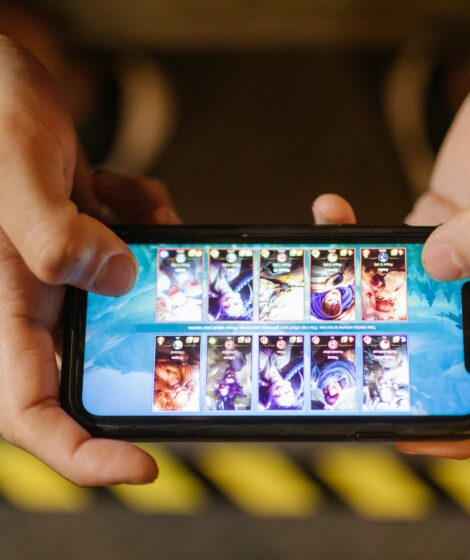
Edugames can help increase student participation, foster social and emotional learning, and motivate students to take risks
Games are a powerful medium that can be used in the classroom to teach concepts, motivate students, and measure learning outcomes. Teachers should know the benefits of gaming so they can create engaging lessons for their students.
An uneven student-teacher ratio in India undermines the educational opportunities for students. Learning apps driven by technology are adding game features like scoring points, engagement with others, and data-driven insights. It helps to improve the learning experience for students and their fundamental skills in a range of areas. The characteristics of these apps are well-known for helping learners perform better in the classroom.
The words “Education” and “Technology” are combined to form “EdTech” which is meant to enhance academic performance. The top EdTech companies in India are adopting virtual reality, films, robotics, interactive screens, and online courses to make education more engaging and approachable.
.

How can gaming help in the field of education?
Gaming is a space that is free of judgment, you are allowed to experiment and fail. It’s your own personal space. When you fail a level in your game, you don’t quit. Instead, you pick yourself up and find ways to better yourself and beat the next level. Sometimes, with the help of your peers and friends forming better social connections along the way. With creative and visually engaging challenges, games can be designed to encourage the learning activity to be the reward itself. You can also add progress markers in the game letting students know they are moving forward with rewards, badges and incentives and showing them the path to mastery. Mastery can be made fun with leader boards and healthy competition with clearly defined milestones and paths to achieve them. Games can be an effective addition to the teaching toolkit and can enhance what teachers can achieve with a class of students.The ed-gaming experience can further be personalized to the student by tracking patterns in consumption, their learning styles with an emphasis on learning by doing and using audio, video, and textual content. A gaming experience will have a far better recall than rote memorization. Aspects of learning that need memorization can be gamified to retain better and reinforced via assessments that can take the form of quests and fun exercises. Gamification creates a growth mindset and takes away the fear of failure.
With reducing attention spans, students are looking for reasons to care about what they are learning. They are looking for mechanisms to be more autonomous and express themselves creatively. Gaming might just be one of the tools to help them get there. It is important to note that teachers, pedagogy and learning paths are at the core of effective learning at scale. Gaming can be only an effective tool to address engagement challenges, social isolation, and a path to mastery if the core is in place.
Not everyone excels or develops in the classroom for a variety of reasons–but a new generation of edtech start-ups in India think they’re onto something when it comes to making learning a lot less tedious: gamification, or the integration of gaming-like experiences into lessons.
What are true motivators and goals for our students?
In psychology, self-determination is an important concept that refers to each person’s ability to make choices and manage their own life. This theory suggests that people are motivated to grow by three psychological needs: Autonomy – to be in control of their own behaviors and goals, Competence – the need to gain mastery and learn skill, Connection – the need to experience a sense of belonging or attachment.Gamification can be used in the classroom to motivate students and make lessons more interactive.
Students are more engaged and motivated when they’re playing a game than sitting in an auditorium listening to a lecture. When you gamify your lesson or course content, it becomes interactive for students—they want to learn because learning helps them within the game and engages their natural competitiveness.Students can be given narrative and gaming elements to make the material come alive. For example, when learning about world history, students could take on the role of an ancient traveler in the period they’re studying, collect items during activities that are related to what they’re learning in class — and earn points for correct answers.











